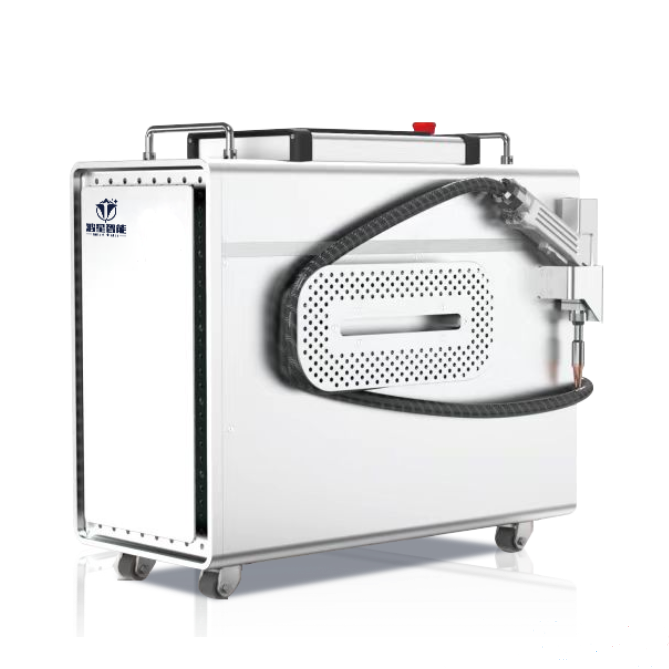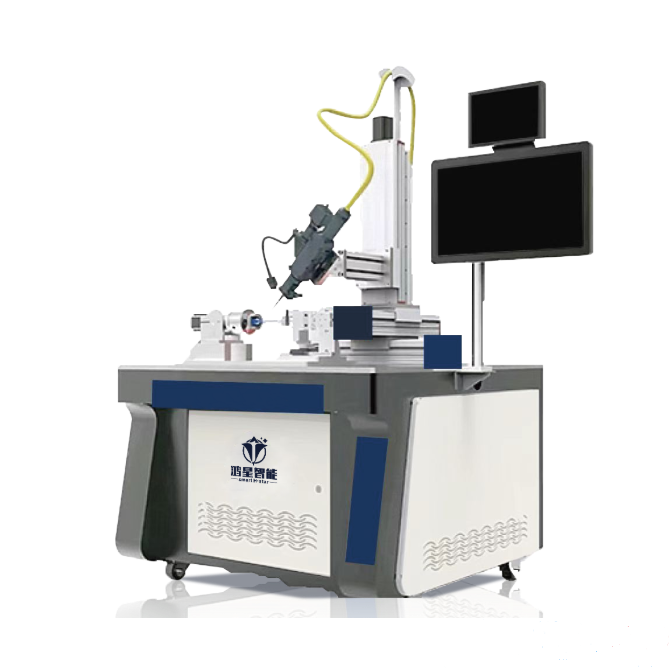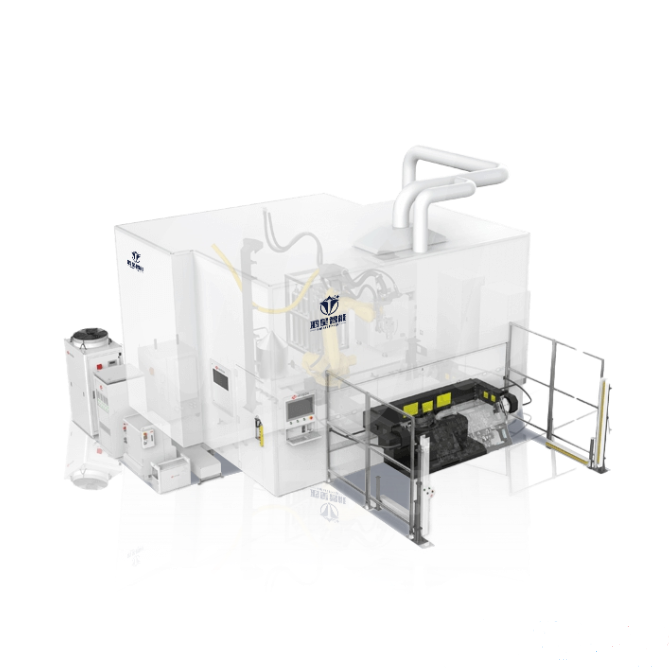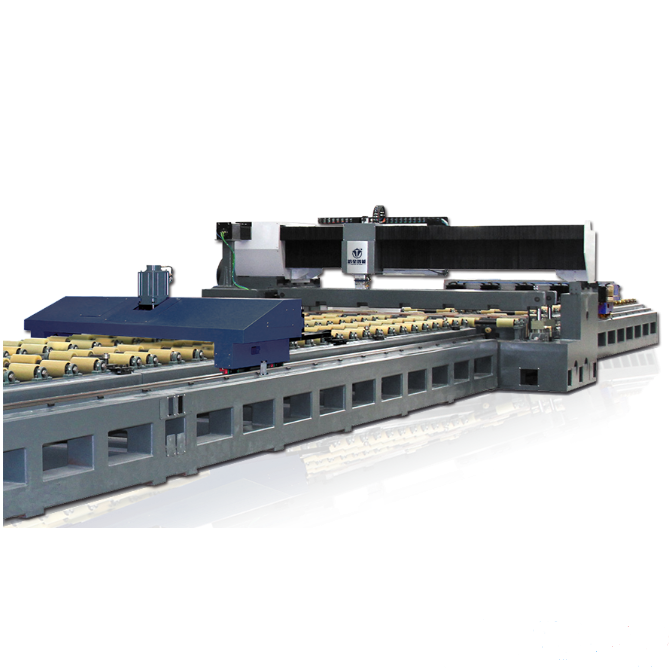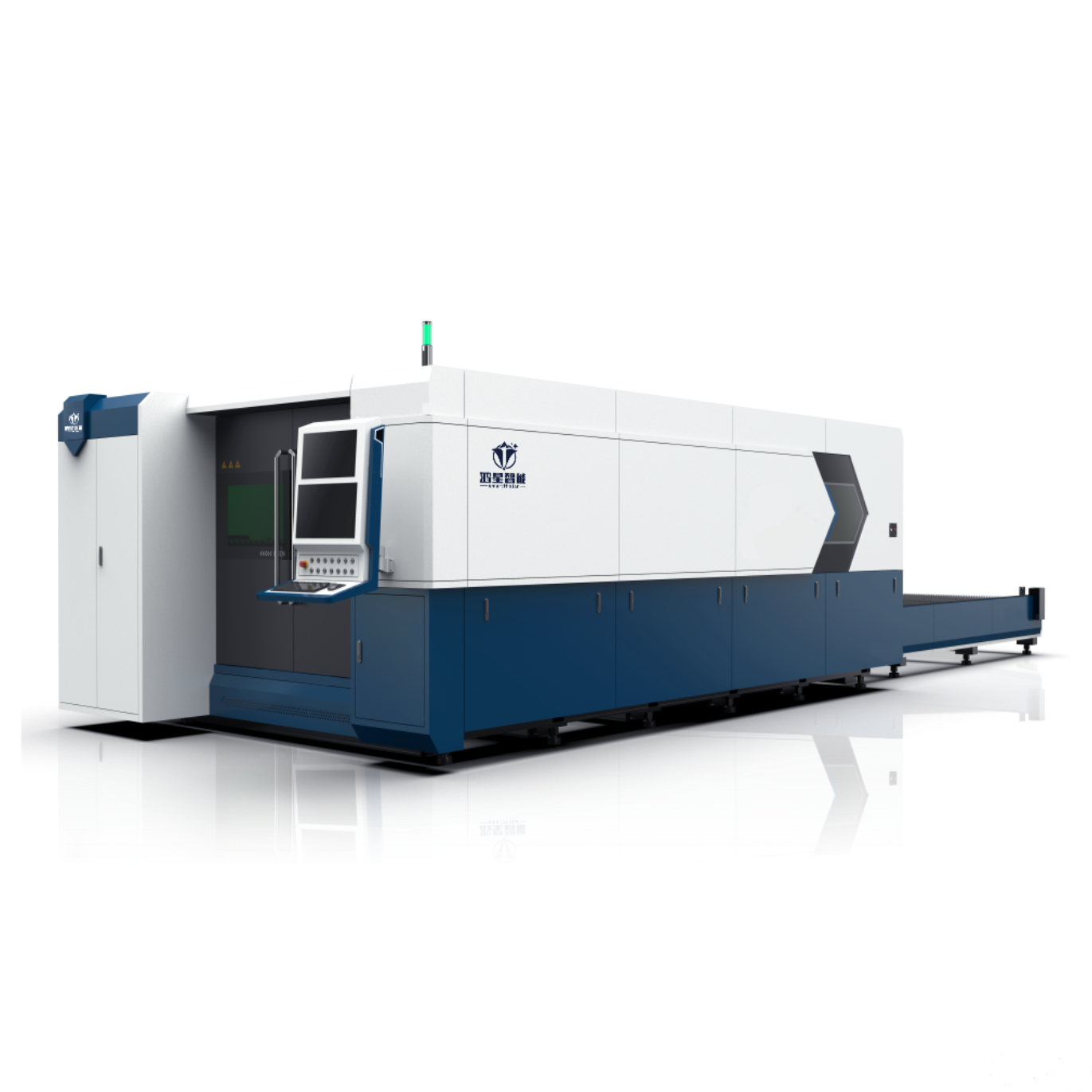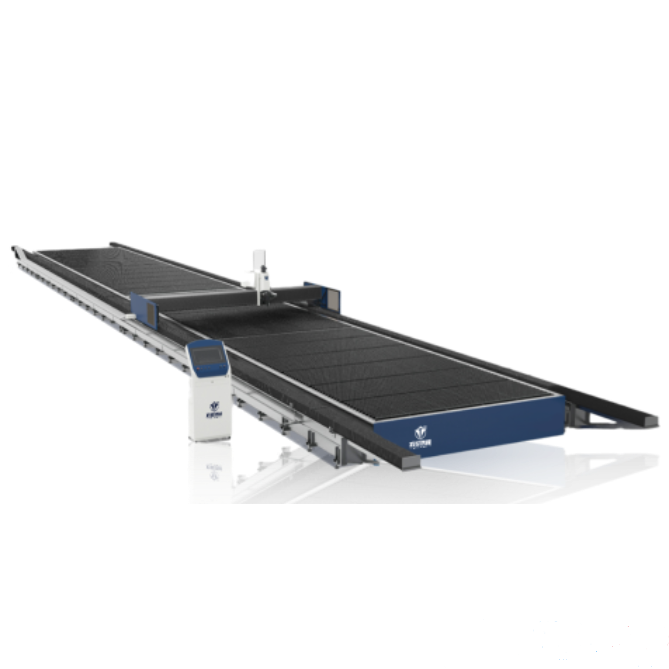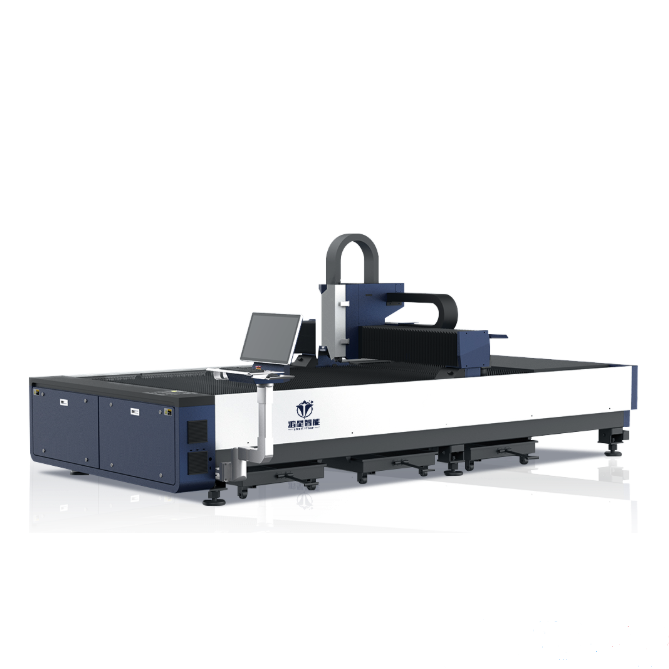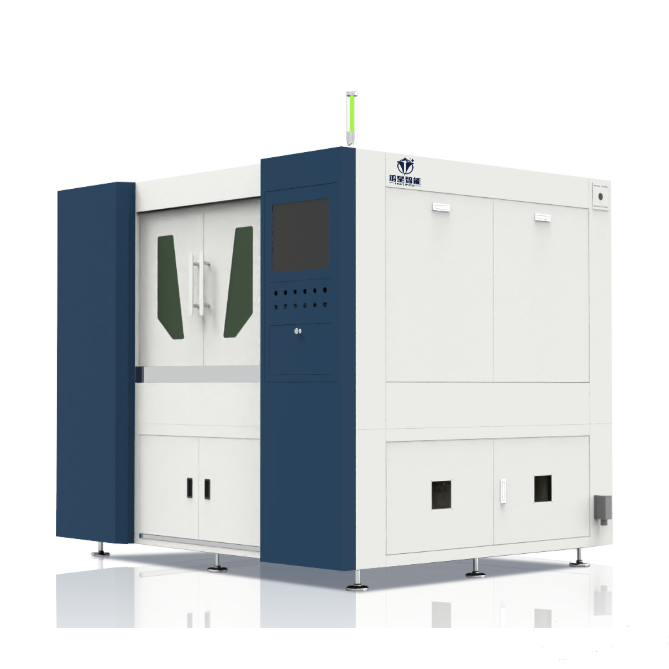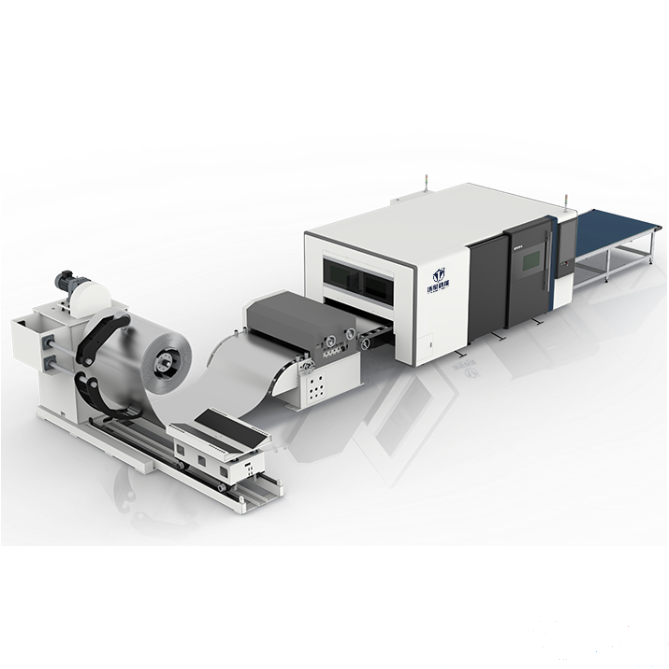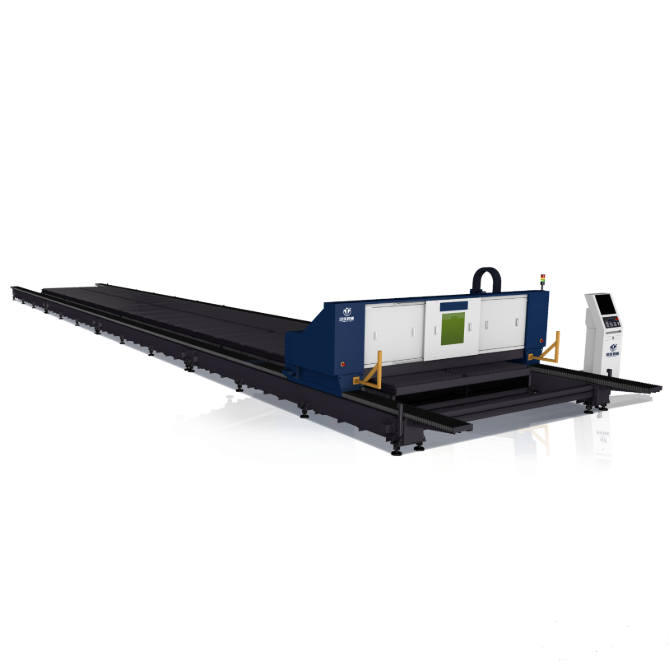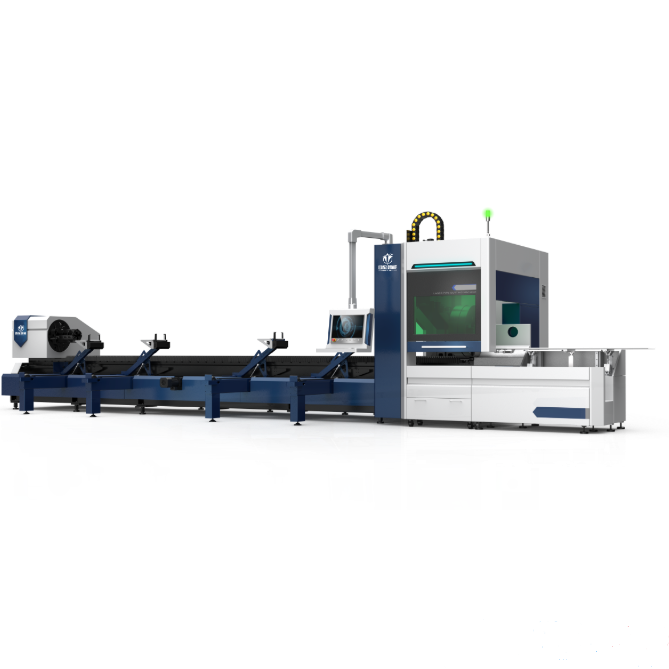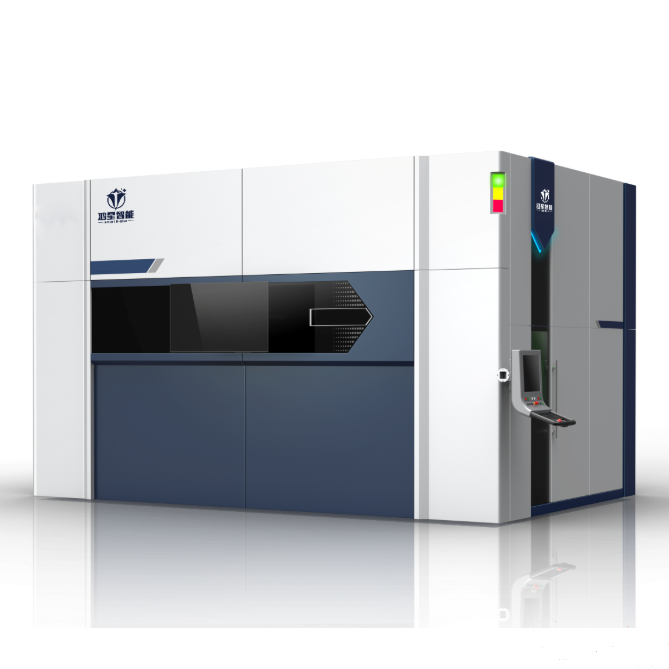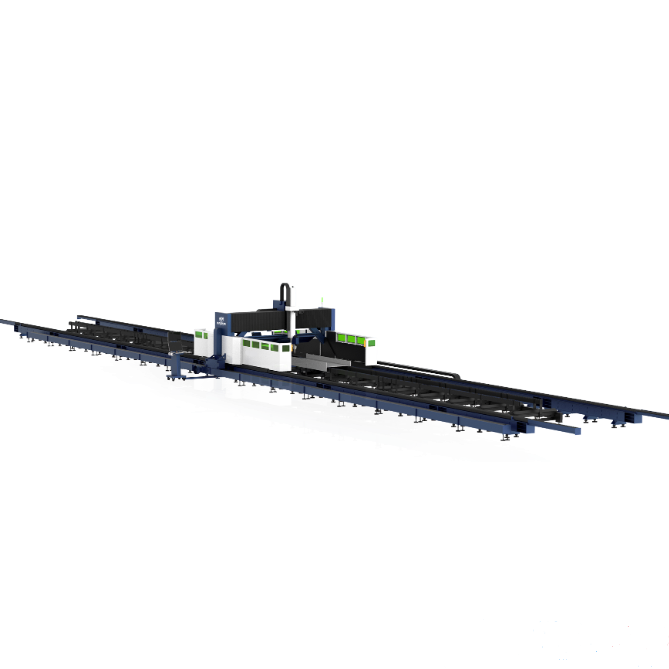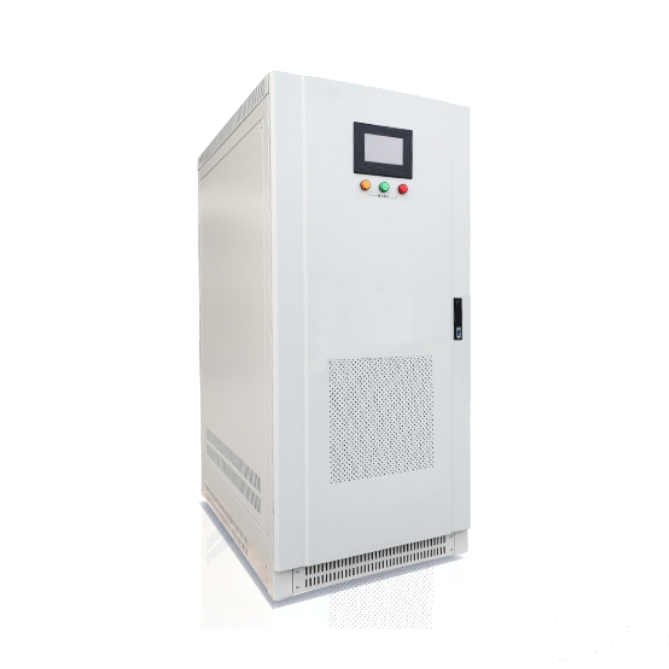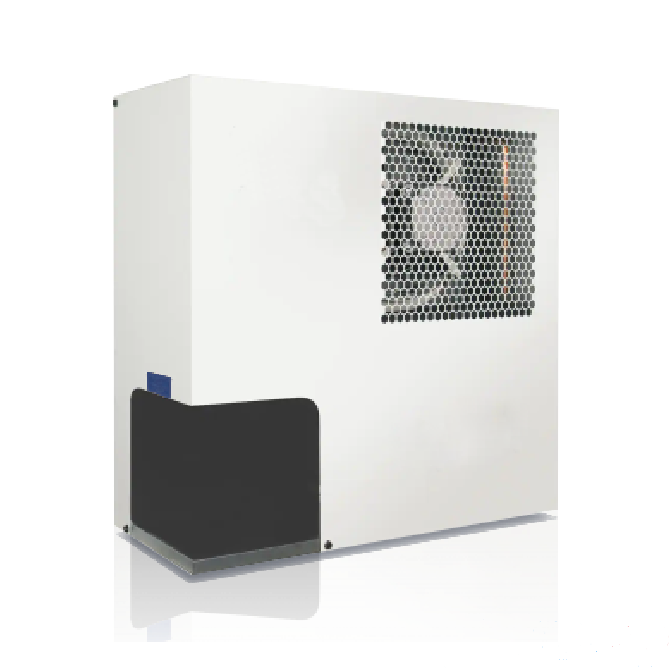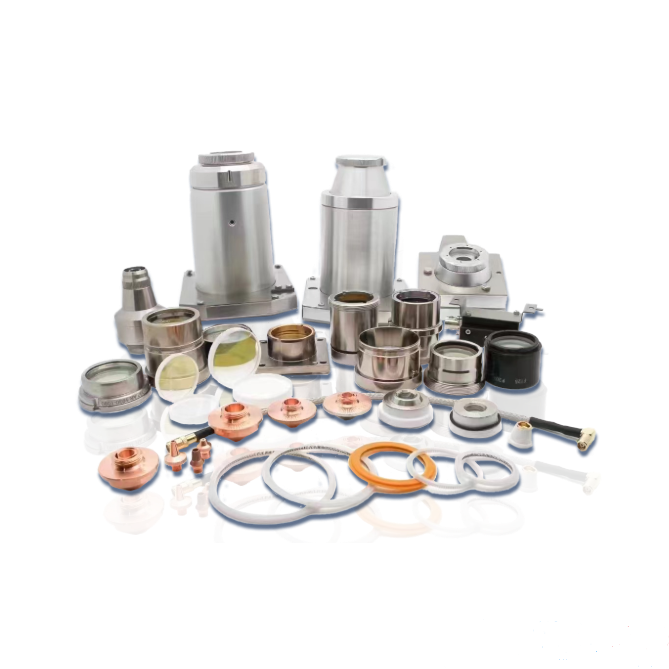Is the laser cutting machine eating up the vertical machining center? These 5 Tr
Release Date:2025/04/02
At a car parts factory in Shenzhen, a laser cutting machine worth 800000 yuan is throughput stainless steel plates at a speed of 30 meters per minute - a speed that traditional vertical machining centers (VMCs) cannot achieve. When industrial robots wave laser beams to replace milling cutters, the "light blade revolution" in the field of metal processing has quietly changed the manufacturing landscape. After conducting in-depth research on 127 companies, we found that laser cutting is replacing 28% of VMC's basic functions at an astonishing speed, but the truth is far more complex than the surface...
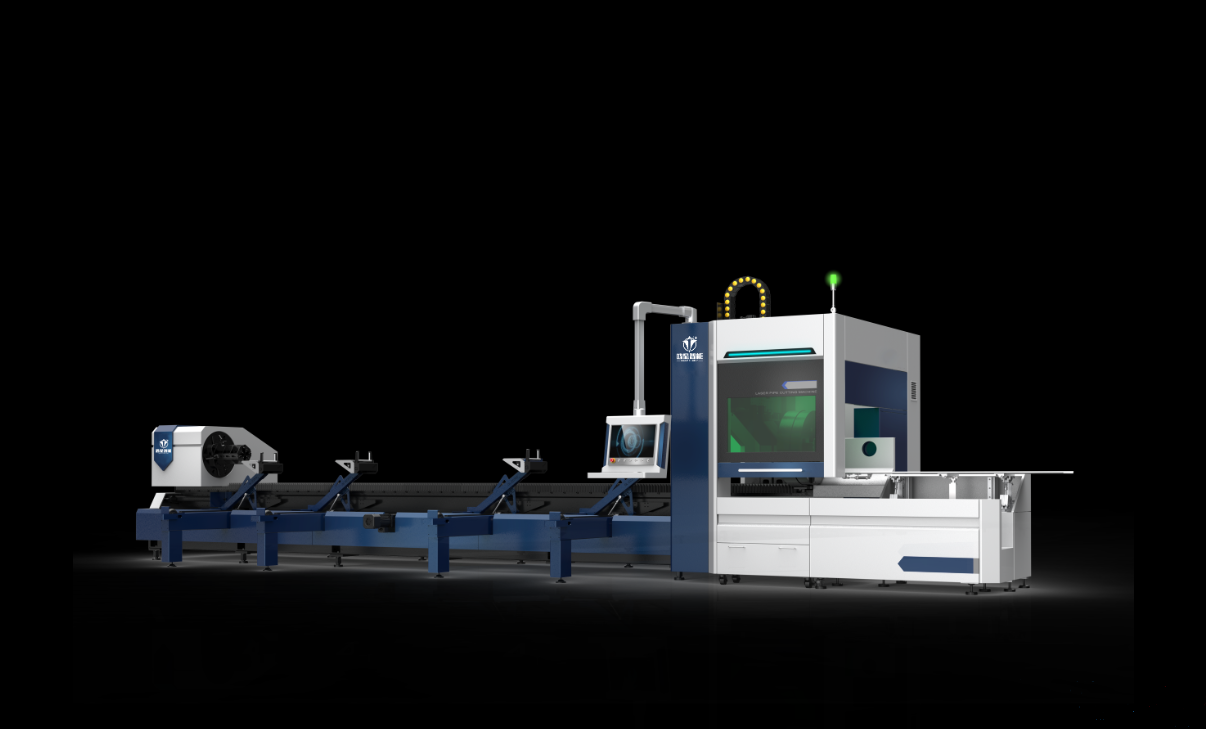
1、 The 'dimensionality reduction blow' of laser cutting: VMC really can't handle these scenarios!
1. Thin plate processing: speed difference visible to the naked eye
-Laser cutting of 2mm stainless steel plate: completed in 3 seconds → VMC milling takes 3 minutes
-Case: After a household appliance enterprise transformed its sheet metal production line with a laser cutting machine, its daily production capacity soared from 1200 pieces to 2500 pieces
2. Complex modeling: a "carving master" who does not require changing knives
-Accuracy comparison: laser ± 0.05mm vs VMC cumulative error 0.15mm
-Actual measurement: When cutting irregular holes in car bumpers, laser molding is done in one go, and VMC requires 5 tool changes and heat treatment correction
3. Cost black hole: Waste rate drops by 40% directly
-AutoNEST layout software enables material utilization rate to exceed 92%
-Comparison: Processing 1000 chassis with laser cutting saves 2.3 tons of steel
2、 VMC's' Last Fortress': These three major fields cannot be surpassed by lasers temporarily!
Scenario VMC Advantages Laser Bottleneck
The stable cutting efficiency of hard alloy cutting tools for processing thick steel plates (>25mm) decreases by 60%, and the heat affected zone expands
Precision forming of five axis curved parts for aircraft engine blades can only be done with simple 3D cutting
Ultra high surface quality requirement Ra0.4 μ m mirror effect requires additional polishing process
Real case: When a certain aerospace technology factory was processing titanium alloy impellers, VMC still maintained absolute dominance - the micro crack rate after laser cutting was three times that of milling!
3、 Future Factory Truth: Laser and VMC are "merging and evolving"!
1. Black technology combination fist
-Mazak INTEGREX i-400: laser rough cutting+five axis precision milling, processing efficiency increased by 170%
-Technological breakthrough: Tongkuai's latest 15kW fiber laser increases cutting speed of carbon fiber composite materials by three times
2. Intelligent dual track
-Laser Pai: AI real-time adjustment of focus position (accuracy ± 0.005mm)
-VMC dispatch: ABB robot tool changing system, achieving tool switching within 20 seconds
4、 Enterprise Decision Guide: Choose Laser or VMC? Make this table clear!
Input output ratio of component feature recommendation scheme
Thin plate (<10mm) laser cutting machine+automatic loading and unloading, with a return on investment of 1.8 years
Medium thick plate (1025mm) laser+VMC composite processing line with a 3.5-year return on investment
Complex surface+high-precision five axis VMC+electrical discharge machining, long-term holding for more than 5 years
Advanced strategy: A leading enterprise adopts a "laser cutting center+3D printing flexible production line" to compress the delivery cycle of small batch orders from 14 days to 72 hours!
5、 Must see for practitioners: survival rules that will not be eliminated
1. Transformation route for VMC operators:
-Phase 1: Mastering SolidWorks modeling
-Phase 2: Proficient in PowerMill high-speed milling programming
-Ultimate goal: to become an expert in "laser milling" composite technology
2. New laser programming skills package:
-Laser specific CAM software such as TruTool for deep learning
-Master the thermodynamic parameters of materials (such as the critical threshold of 1080 ℃ for carbon steel)
Conclusion:
This is not an either or zero sum game, but a symphony of precise coordination. When Germany's Tongkuai launched intelligent machine tools that can seamlessly switch between laser/plasma, and Shenyang Xinsong Robotics began deploying "laser milling" composite workstations, what we saw was not a replacement, but the ultimate form of Chinese intelligent manufacturing - making machines more suitable for people, rather than making people adapt to machines.




